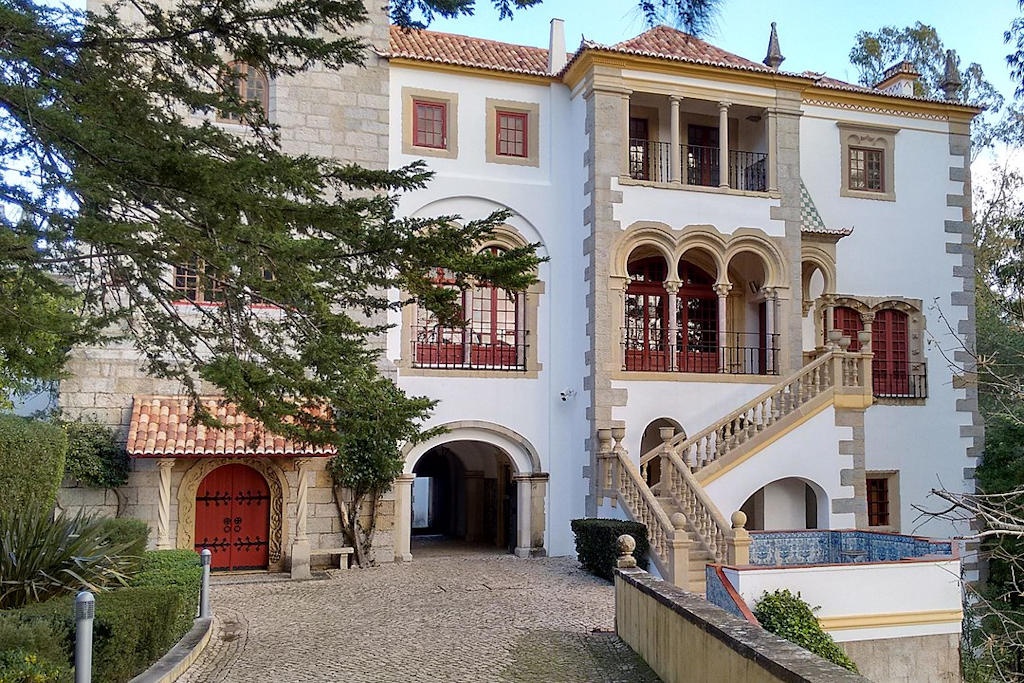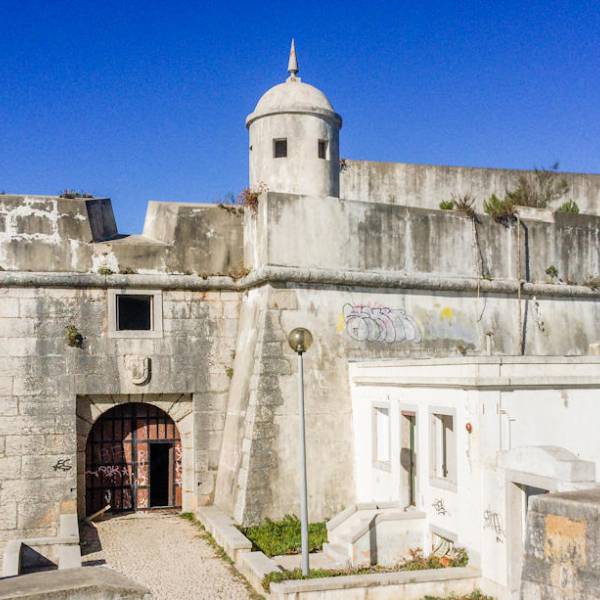The Museum of Portuguese Music is a must-visit day trip from Lisbon. Immerse yourself in the rich musical heritage of Portugal as you explore this fascinating museum. Discover the diverse collection of musical instruments, learn about influential Portuguese composers, and experience the vibrant sounds and rhythms that have shaped the country's musical identity.
Throughout its history, the building has undergone several transformations. In 1942, it was acquired by Enrique Mantero Belard, who made significant modifications to both the house and the garden. His wife, Gertrudes Verdades de Faria, hosted social gatherings and cultural events, becoming a patron of the arts. In his will of 1974, Belard bequeathed the house to the Municipality of Cascais, with the stipulation that it be named after his wife and utilized as a museum and public garden.
The Museum of Portuguese Music officially opened its doors in 1987, featuring a remarkable collection of popular string, wind, and percussion instruments used in Portugal. This extensive collection of 381 instruments was curated by Michel Giacometti, a Corsican musician and ethnologist who dedicated his life to studying Portuguese folk music. The municipality of Cascais acquired the collection in 1981, along with ethnographic items, establishing the foundation of the museum's exhibits.
Giacometti played a vital role in the establishment of the museum, collaborating with the Portuguese Institute of Cultural Heritage and the Portuguese Museum of Ethnology in Lisbon. In addition to the instrument collection, Giacometti's library was also acquired, leading to the creation of the museum's documentation center. Furthermore, the museum received a significant contribution from the composer Fernando Lopes Graça in 1994, who bequeathed numerous items to the Municipality of Cascais. These items were integrated into the museum's displays, resulting in the institution assuming its present name.
Lisbon.vip Recommends
In addition to the instrument exhibits, the museum's documentary collection is equally impressive. It encompasses the personal libraries of Giacometti and Lopes Graça, featuring field and bibliographical collections, musical works, correspondence, and photographs. The library of Portuguese music curated by Álvaro Cassuto, a renowned conductor, has also been incorporated into the museum's collection, further enhancing its depth and breadth.
The Museum of Portuguese Music serves as a valuable resource for researchers, music enthusiasts, and visitors seeking to immerse themselves in the captivating world of Portuguese music. With its engaging exhibits, comprehensive documentation, and the charm of its architectural setting, the museum stands as a testament to the country's rich musical legacy, offering a harmonious journey through Portugal's melodic tapestry.
In conclusion, the Museum of Portuguese Music in Estoril invites visitors to embark on a captivating exploration of Portugal's musical heritage. From its picturesque building and extensive instrument collection to its immersive documentation center, the museum provides a unique experience that celebrates the rich tapestry of Portuguese music and its cultural significance.
Map View










